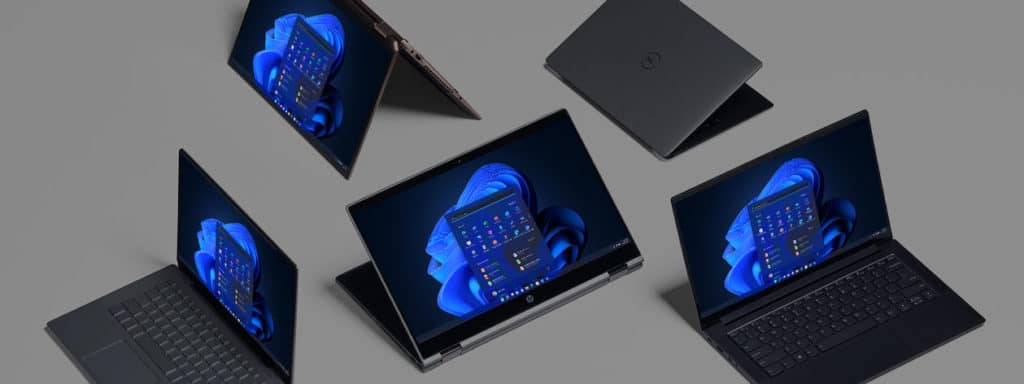Windows 11 for Enterprise and Business Release Date

So Windows 11 is launching on the 5th of October and is even available quite early for some users in the Preview Program. However, what about our brethren and sistren in the Enterprise world? Business is pretty much why Windows has become the number one operating system in the entire world, with entire versions dedicated for business purposes – namely the ‘Pro’ line of Windows.
Windows for Business and Windows for Enterprise have been split into similar brands, but different methods of deployment. You wouldn’t need the Enterprise level of stuff if you had a small office or were solo, but Windows for Business is just a separate version of Windows, usually dubbed ‘Pro’ and you simply acquire it the same way you would normally.
Enterprise now comes in the form of a subscription fee – because of course, it does – where you’ll subscribe to Microsoft 365 and get your operating system included within one of the tiers, which if you’re overseeing a large company, also allows you to deploy updates or new versions of Windows 11 with needed apps.

It’d be the assumption that Windows 11 would begin to be able to be deployed at the Enterprise level from October 5th, however with the rolling release of a new Windows version, it’d probably be safer to assume that it’ll hit towards the latter end of 2021 – especially after IT departments have figured out how to safely deploy it to all machines.
Microsoft 365 comes bundled with multiple apps, like the whole Office suite and Teams, but again, this isn’t aimed at one or two PCs in a business environment, but something that needs to be externally controlled by a whole other department.
Windows 11 for Business – from my perspective – seems to be just Windows 11 Pro, which no longer has the differences that the Pro line used to, as all Windows 11 PCs should be 64-bit, allowing for more than the minimum 4GB of RAM limitations that a 32-bit system used to have.
Microsoft is presenting the Business side of Windows 11 with the new features of the operating system, like the fact that the OS now saves desktop layouts when moving between external monitors and the newly implemented TPM 2.0 requirement for security purposes.
Windows 10 got a new update recently that allows businesses to get rid of passwords in favor of Windows Hello.
